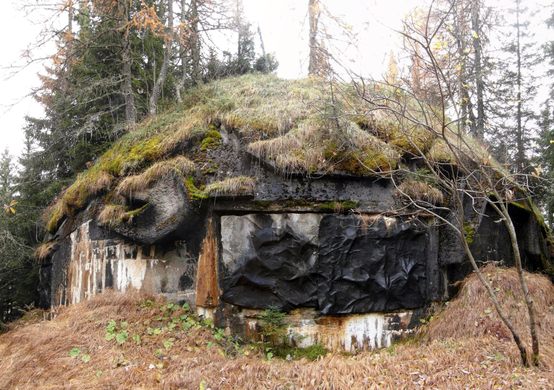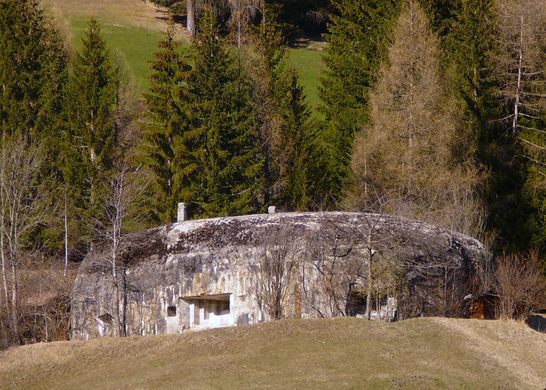Similar to France’s Maginot Line, the Alpine Wall was constructed as a defense mechanism for Italy in anticipation of World War II. As tensions rose with its northern neighbors—France, Switzerland, Austria, and the former Yugoslavia—there was concern that the natural defense of North Italy’s mountainous terrain would not suffice.

To bolster Italy’s defenses, a series of lookout posts and fortifications were built along the mountain passes, extending over 1,100 miles. The Alpine Wall fortifications were varied in design, comprising large mountainside forts, rallying points and bunkers, and point-defense fortifications. Despite the economic burden of constructing them, these fortifications saw minimal use during the war.

Few of the Alpine Wall’s structures were involved in conflict, and many were destroyed or handed over to Yugoslavia as part of war reparations. Following the end of the Cold War, the Alpine Wall was abandoned and sealed, leaving these once-strategic installations to be reclaimed by nature.

Today, the remnants of the Alpine Wall serve a new purpose: as a destination for exploration. Visitors can walk back into the memories of the Second World War, traversing these abandoned, austere concrete structures that now adorn the serene, natural landscape of Northern Italy. This juxtaposition of the earth’s beauty against the backdrop of war’s horrors offers a poignant reminder of history.

Know Before You Go
- Location: The Alpine Wall stretches across Northern Italy, with remnants found in mountainous regions near France, Switzerland, Austria, and the former Yugoslavia.
- Access: Many of the fortifications are accessible to the public, but some may require hiking to reach. It’s advisable to research specific locations and their accessibility before visiting.
- Preservation: While exploring these sites, visitors are encouraged to respect the historical significance of the fortifications and the natural environment surrounding them.
The Alpine Wall stands as a testament to a time of intense preparation and anticipation, a stark contrast to the peaceful landscapes it now inhabits. As a site of historical exploration, it offers a unique glimpse into the past and the enduring impact of war on both people and places.


